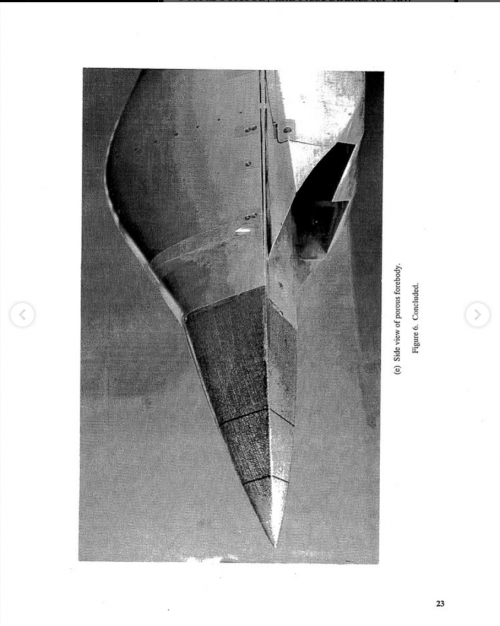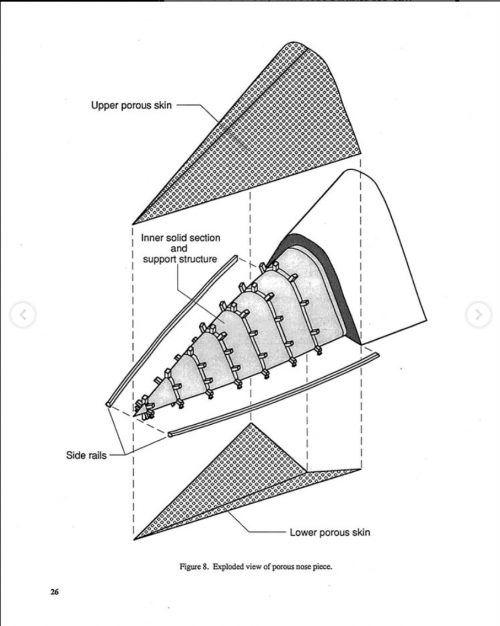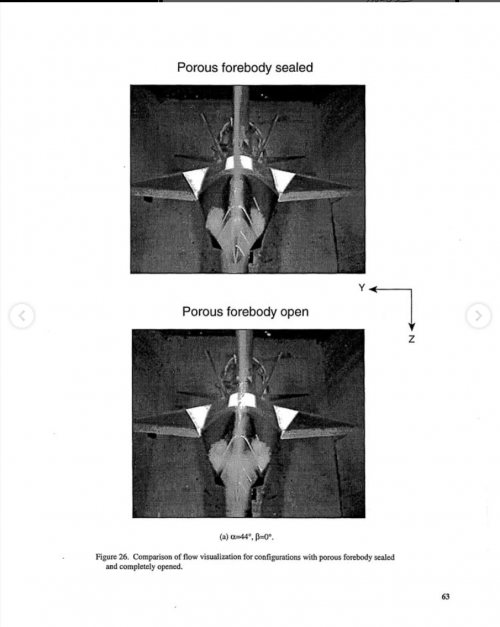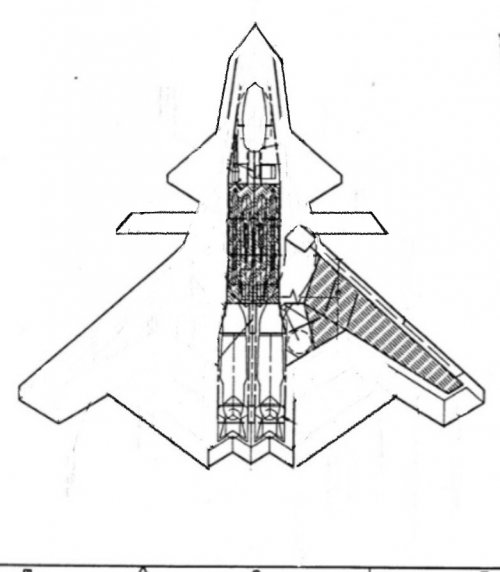I would argue the PLAN surface fleet is still primarily defensive regardless of how much it has grown, and that it has to weather many of the same risks as the USN. U.S. capabilities against surface ships is hardly holding still; practically everything in inventory is being given an anti ship mode. Sans AShBMs, a conflict would be quite one sided for the foreseeable future.
Since 1945, USN only twice ever bothered to even procure dedicated asuw weapons other than torpedoes - in 1980s (by "adding anti-ship capability; harpoon from 1970s doesn't fully count as its genesis is as much ASW as it is ASuW), and now(also by "adding anti-ship capability"). It of course now evolves towards actually deploying
dedicated asuw weapons, but realistically - US simply slept through the changes in Eastpac, belatedly reacting when things already happened.
F-47 from USAF is one such reaction - and it is very serious that it is a
belated reaction, that only in 2024 was forced to adjust to a wastly different world. As are all others, that are turning US Armed forces into Pacific fighting machine; otherwise, F-47 wouldn't be just selected, it would be entering IOC. For PLA is
already one (as it was always aimed squarely at US threat), and is on a verge of reaching peer status. In my subjective opinion, it'll happen this very year, and solidify by the year 2030.
USN hasn't fought peer opponent since 1944; that's about when, or before most of members' fathers were born; that's good for stories and service tradition, but it's about as useful as Navarino(1853) for Coronel(1914). At the moment, both are drilled/conceptual forces.
Yes, USN is a far more proven one, yes PLA is a black horse. But still - it's unquantifiable.
What's quantifiable is that Chinese one is tightly localized (far stronger within region by all metrics), newer, and rapidly grows, instead of struggling to contain degradation and being unable to disconnect from unsustainable commitments all over.
China moved from "defensive navy" from mid-late 2000s onwards - they simply stopped procuring ships that could be qualified as such (051b, 052, 052b, 956/EM series). I.e. all the "strike ships" with big, heavy ASCMs, capable of (trying their luck at) denial of sea superiority to the opponent.
Since then, they're building exclusively sea superiority units as their destroyers. They are not to be used to
defend; no need to place HQ-9 on a sinkable ship to patrol off Shanghai.
They can, however, be used to effectively (temporarily) defend or deny attack vectors at something that's going to be forward-positioned: say, landing operation. I.e. attack.
And within year(s) from now, as soon as PLAN will get ability to reliably perform forced entry in the region and will get enough decks to support such operations (which is really not that high a number, 4 arguably will suffice, even if without room for losses) - it'll have more than enough forces to do Japanese 1941-2 things against whatever US&allies deploy in the region. Or US things against Japan, from 1943-45.
I.e. Bite. Hold. Build a base. Move A2AD assets and logistics. Push the enemy surface activity the hell out. Repeat.
Scary part isn't PLARGF in Gobi desert (which is about as realistic as great battle of battleships near Marianas). Scary thing is PLARGF on Luzon, Rabaul and in Iwo Jima. Or you guess where they can end up in already foreseeble future, where PLAN will reach contestable parity(von Tirpitz criteria, i.e. 0.66) in even carrier decks.
But it is indeed scary, that hunting PLARGF launchers in Gobi is even considered important, because it's sort of task that lost appreciable relevance no later than 2019-2020. That's 5 years ago. That's a lot of lag when things change yearly.
Perhaps this makes sense of Lockheed Martin’s claims that the proposed FB-22’s podded "wing weapons bays" didn’t significantly affect signature.
One may wonder why LO aircraft with their endless volume contradictions are needed then in the first place.
Just make a skinny airframe, add podded wing weapon bays and LO tanks.






